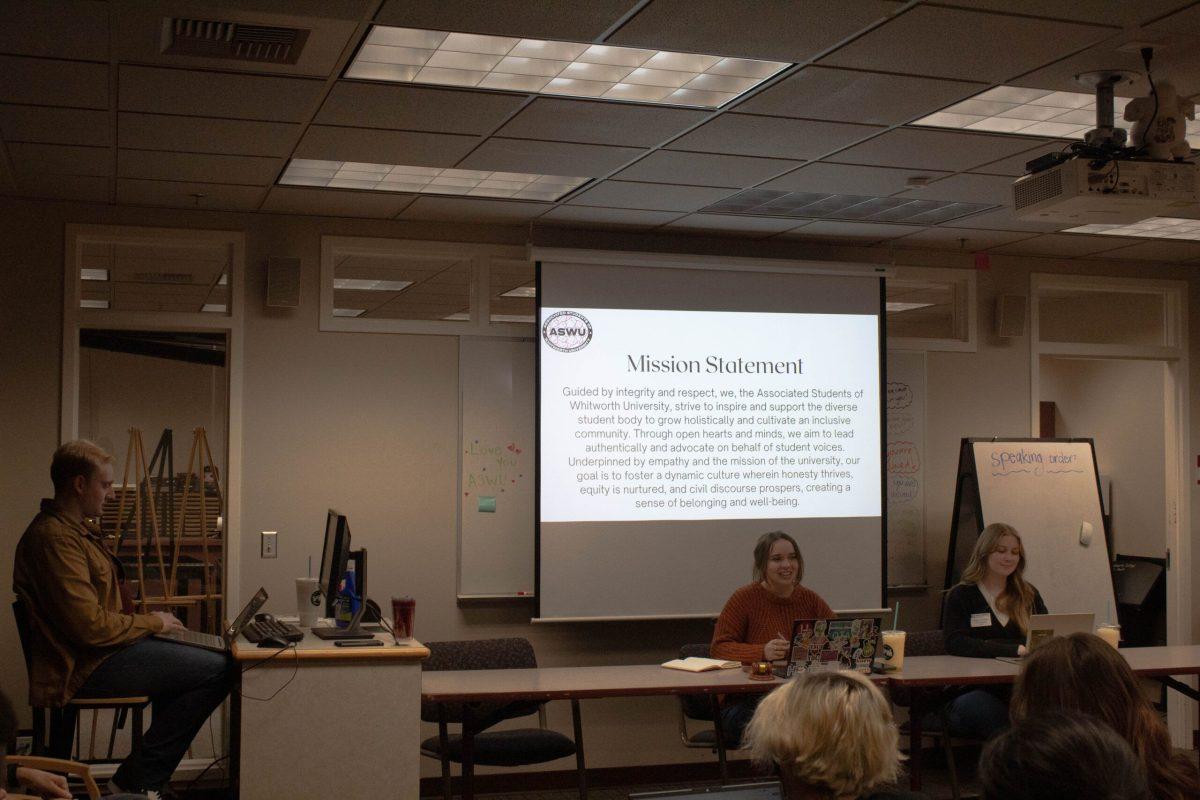Our country is currently on the brink of sequestration, an act to decrease the next fiscal year’s government spending by $85 billion. Many people have warned us that the sequester will negatively impact the economy. According to the White House website, the sequester has the potential of “threatening hundreds of thousands of jobs, and cutting vital services for children, seniors, people with mental illness and our men and women in uniform.” The White House has even produced a report showing the potentially devastating effects that the cuts will have on each state. The projected cuts are dramatic, and can make anyone fearful of the sequester.
It is important to point out that the sequester is not actually cutting our current levels of spending. According to the Heritage Foundation, it is just a “2.4 percent reduction in the federal government’s $3.6 trillion budget fiscal year (FY) 2013,” which means that spending will actually increase next year, just not at its original projected rate. Thus, we will not be forced to make such drastic cuts to programs that the government currently funds.
As our debt continues to rise past $16 trillion, we have no choice but to take action. While these across-the-board cuts may not be the ideal way of reducing the deficit, I do not believe that these cuts will have such a negative impact on the state of our economy. In fact, they may bring some benefits. According to Jeffrey Miron from the Cato Institute, “Across all categories, federal expenditure is far greater than necessary to achieve the legitimate goals of government intervention,” which means that cuts will help restore the fiscal strength of our country.
Miron explains that the idea that spending cuts are harmful to the economy is rooted in the Keynesian economic theory, which believes that government should “target GDP” in order to stimulate economic growth. The government can do this through “purchases of goods and services,” which includes government funding of services such as infrastructure and education. It can also affect the GDP through “transfer payments,” which include government benefits such as unemployment insurance and Social Security. What Keynesian economics fails to take into consideration is the effectiveness of government spending. On the surface, the spending may increase the GDP, but that does not mean it is actually doing something for the economy. Miron uses the example of “bridges-to-nowhere.” If the government builds a bridge that serves no purpose, the GDP will increase. But if there is no function to such a bridge, this increase in GDP will be completely useless to the economy.
I believe that the spending cuts would be more beneficial to the economy if we would go through them methodically, focusing on cutting the waste from our expenditures rather than making cuts across-the-board. However, I know that Congress is much too divided and could never come together on such a project. Thus, I believe that the cuts in the sequester are a decent alternative that will not wreak havoc on our economy, as many have led us to believe.
Contact Lindsey Hubbart at [email protected]




